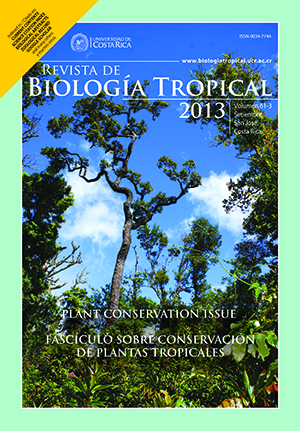Abstract
Whiteleg shrimp, Litopenaeus vannamei is one of the most commercially farmed species worldwide because of its fast growth, good survival rate at high farming densities, and osmoregulatory capacity, which makes it an excellent candidate for cultures at different salinities. The knowledge of shrimp nutritional requirements is critical in the formulation of diets to allow optimal growth at different environmental conditions and development stages. The effect of salinity on apparent digestibility of shrimp feed is not well known, and this information is required in shrimp diet formulation. For this purpose, the apparent digestibility coefficients of carbohydrates (ACD) and lipids (ALD) were determined for juvenile whiteleg shrimps under controlled culture conditions. We evaluated the apparent digestibility of six commercial (D1:37CP, D2:38CP, D3:39CP, D4:34CP, D5:35CP, and D6:37CP) and two experimental (E1:33CP and E2:33CP) diets for juvenile whiteleg shrimp cultivated at three salinities (5, 35 and 50psu) in 60L aquariums. ACD and ALD were determined in vivo using chromic oxide as an inert marker. Our results showed that ALD in most cases was over 80%, independent of salinity, except the E1:33CPdiet which had 74.0% at 50psu. Diet D3:39CP showed the highest ALD coefficient (90.1 and 90.6% at 5 and 35psu, respectively). For ACD, differences were detected between commercial and experimental diets at every salinity level, although salinity effect on ACD was not significant. Diet D4:34CP had the highest coefficient (92.4%) at 5psu, and E2:33CP at 35 and 50psu (97.3 and 94.7%). This study demonstrated that there is no significant effect of saline variations on carbohydrate and lipid digestibility by juvenile whiteleg shrimp, under the experimental conditions.##plugins.facebook.comentarios##
Downloads
Download data is not yet available.






